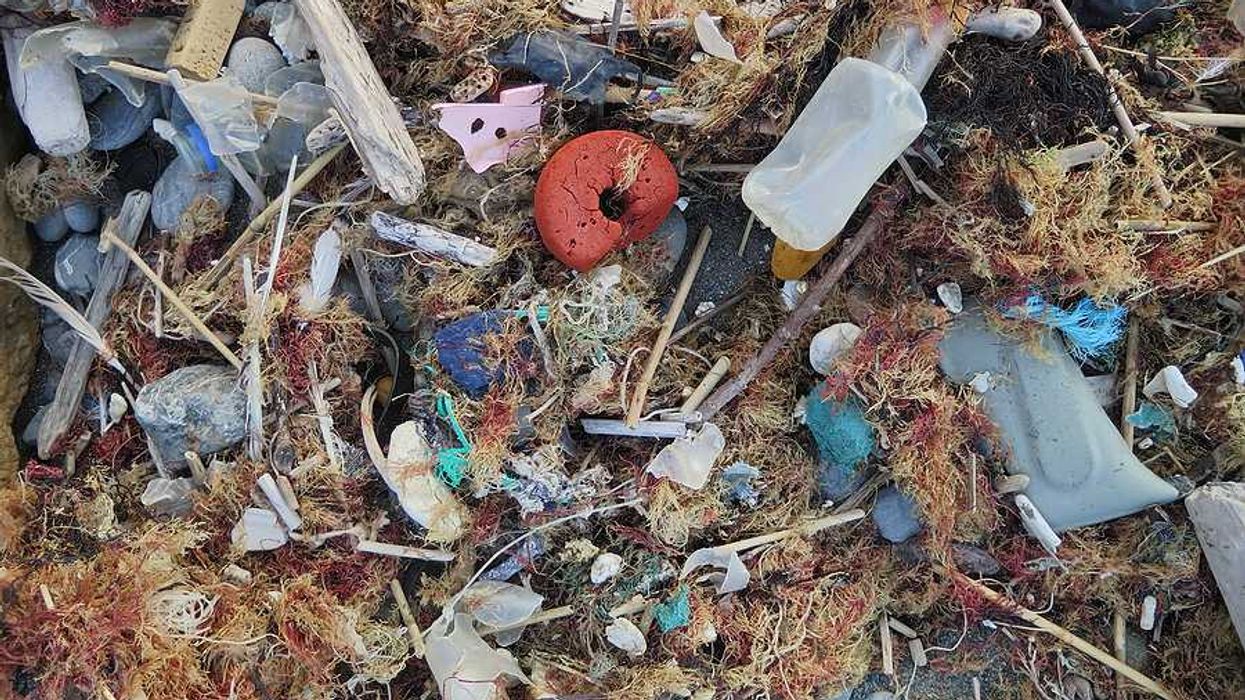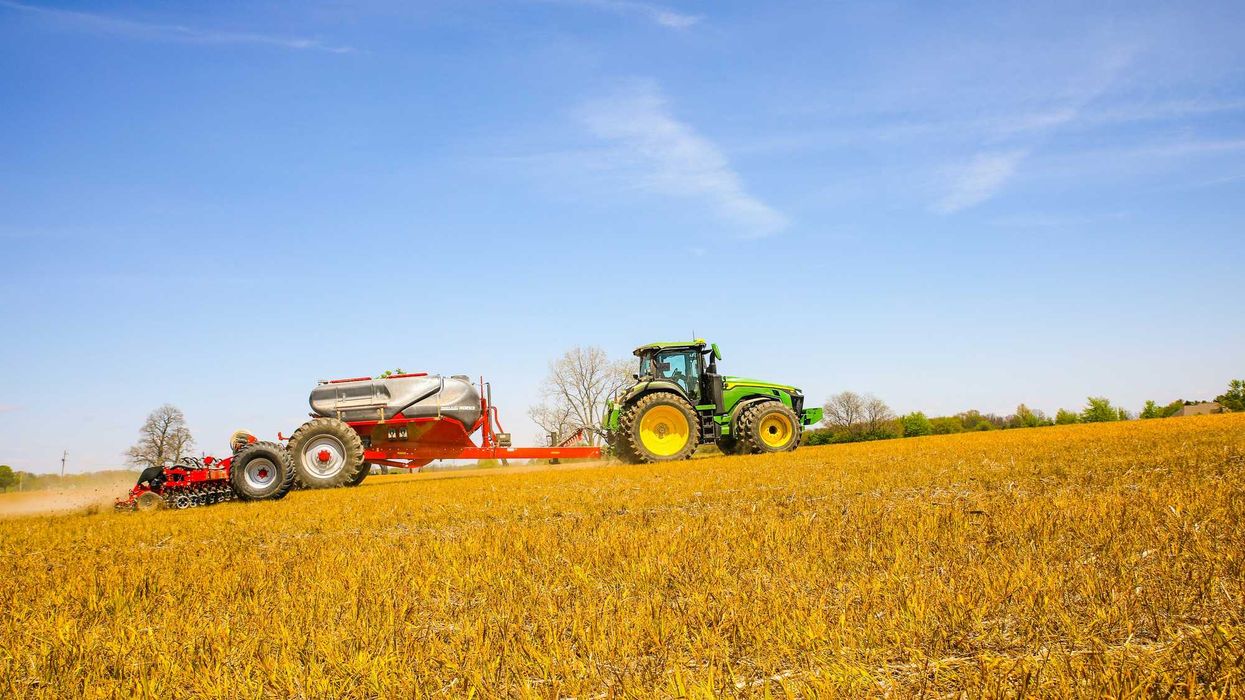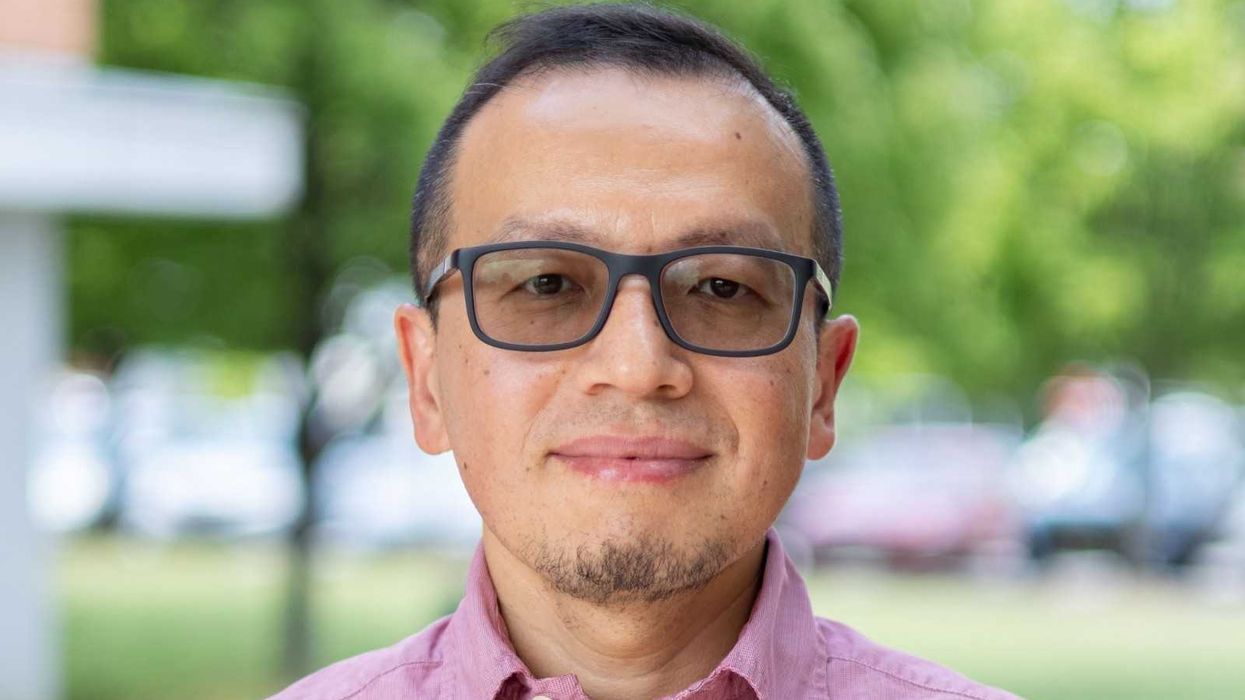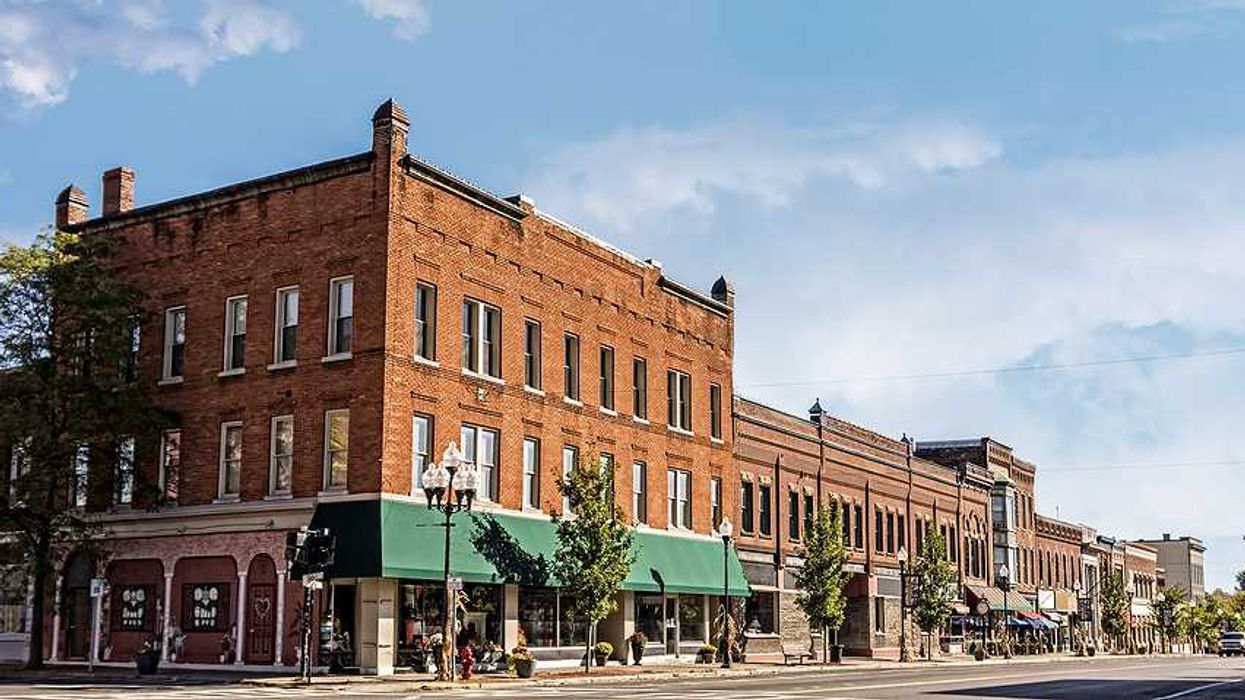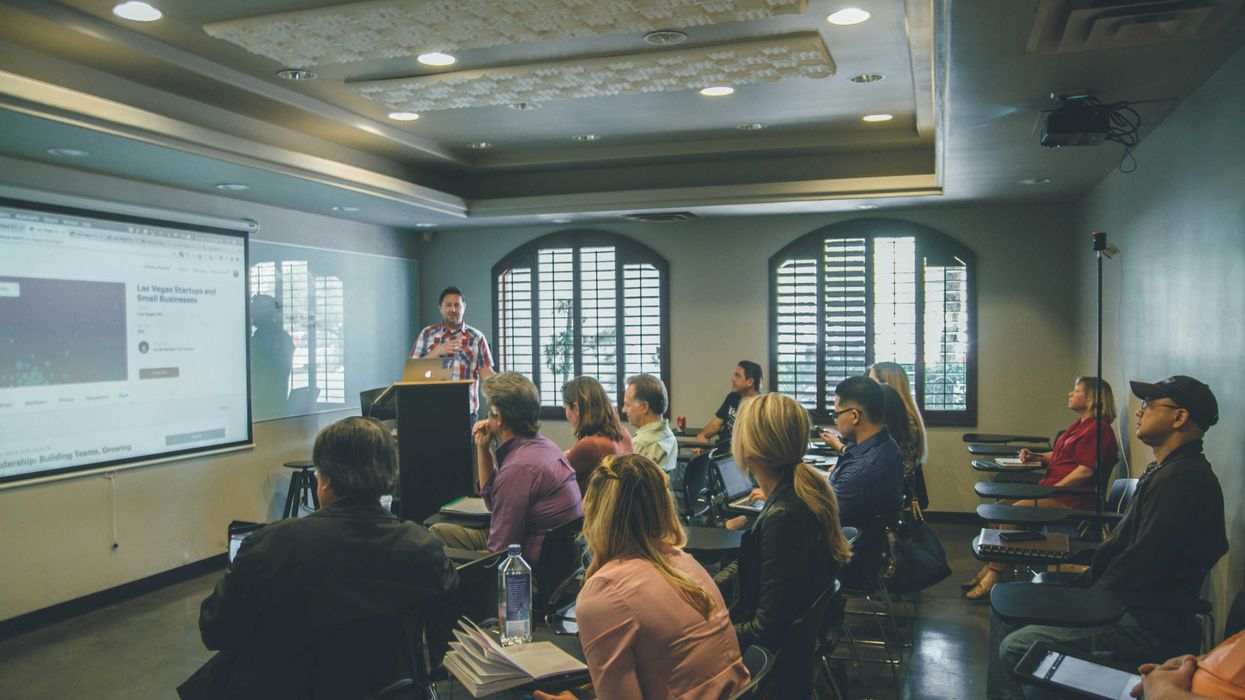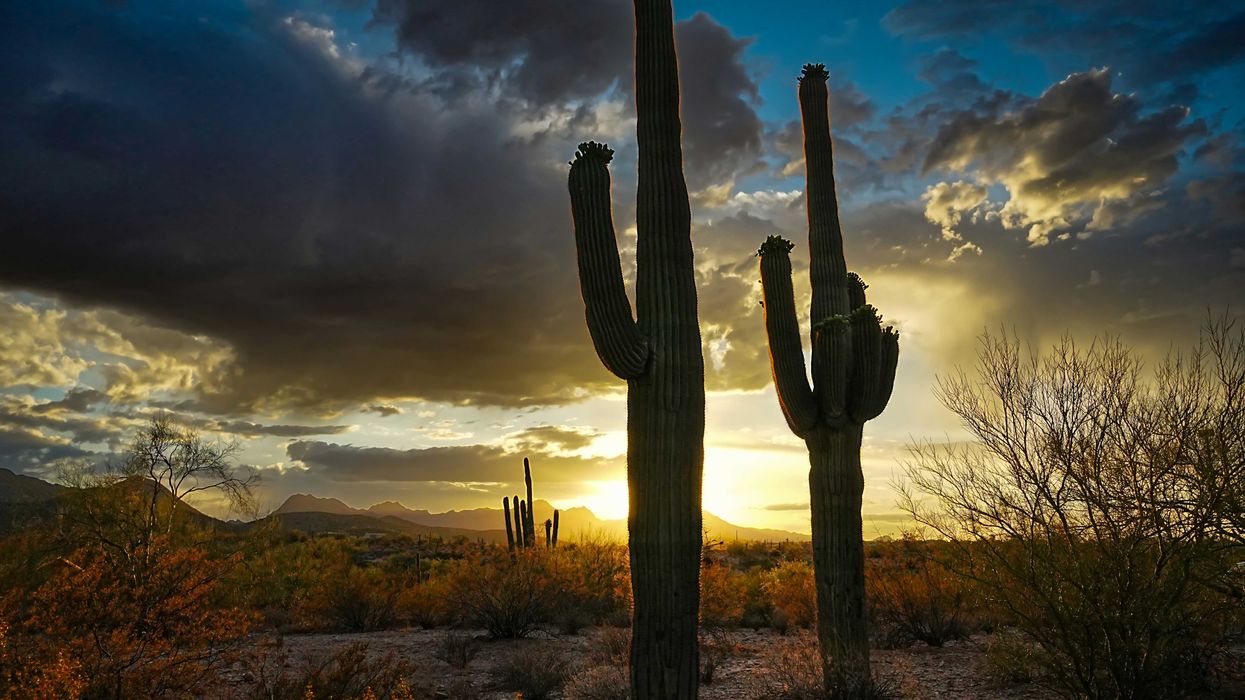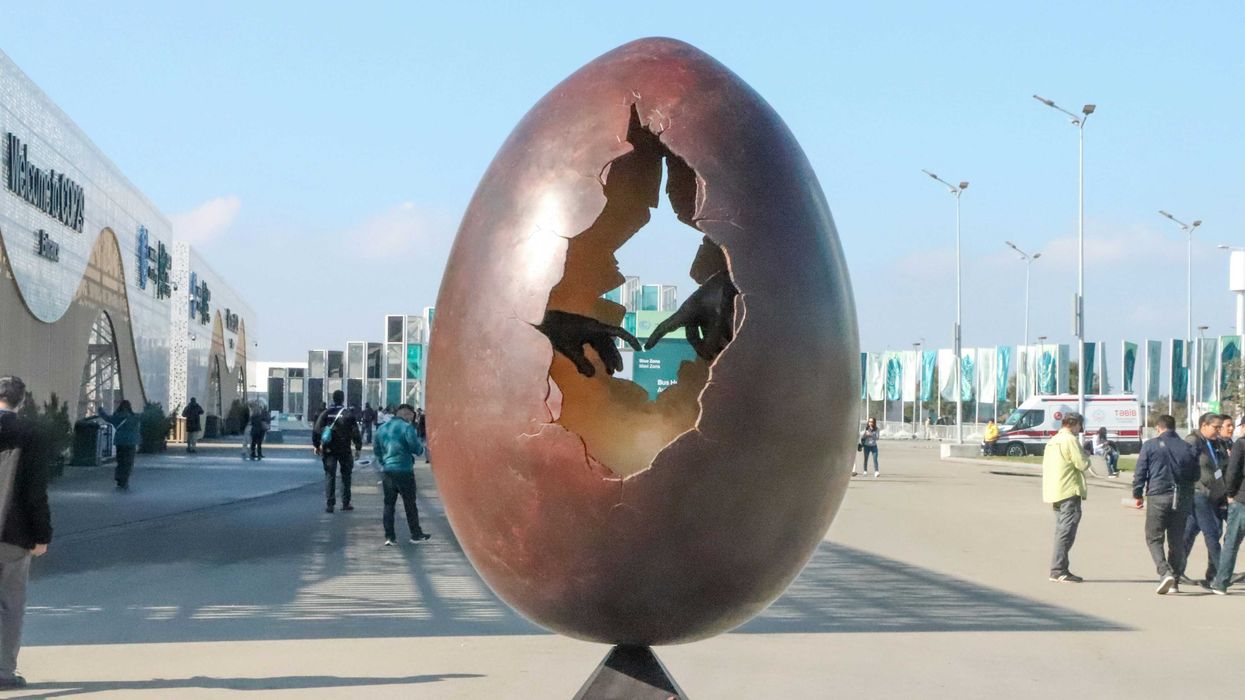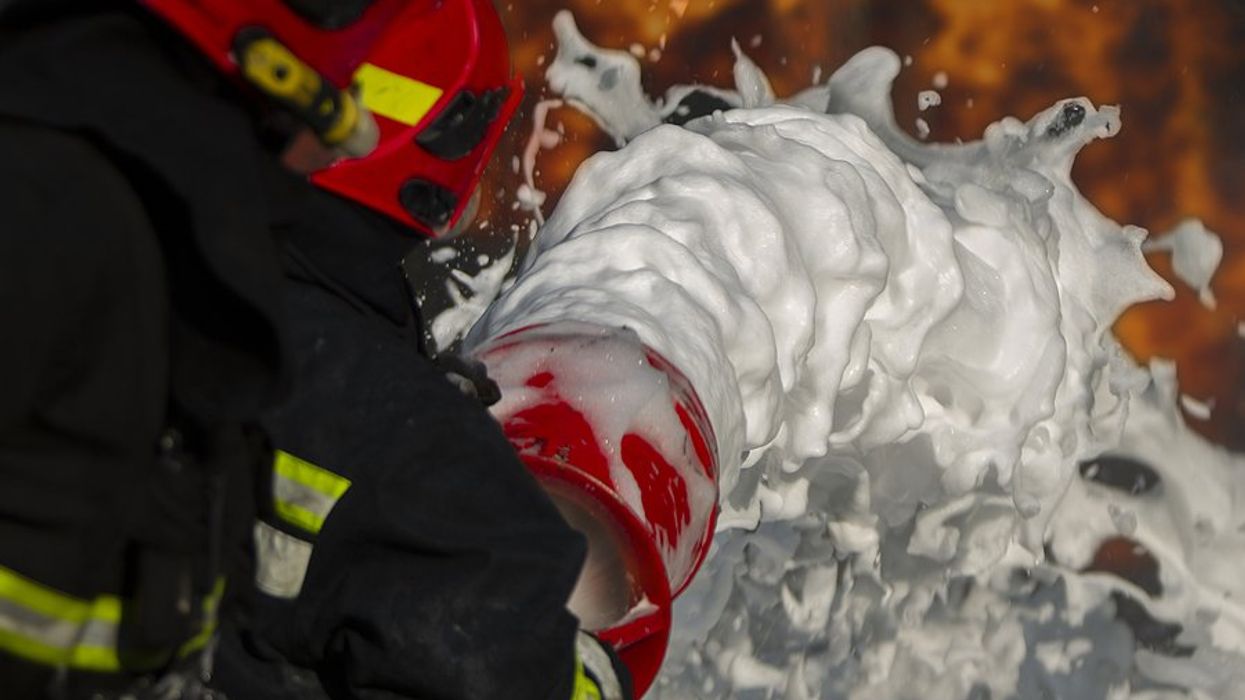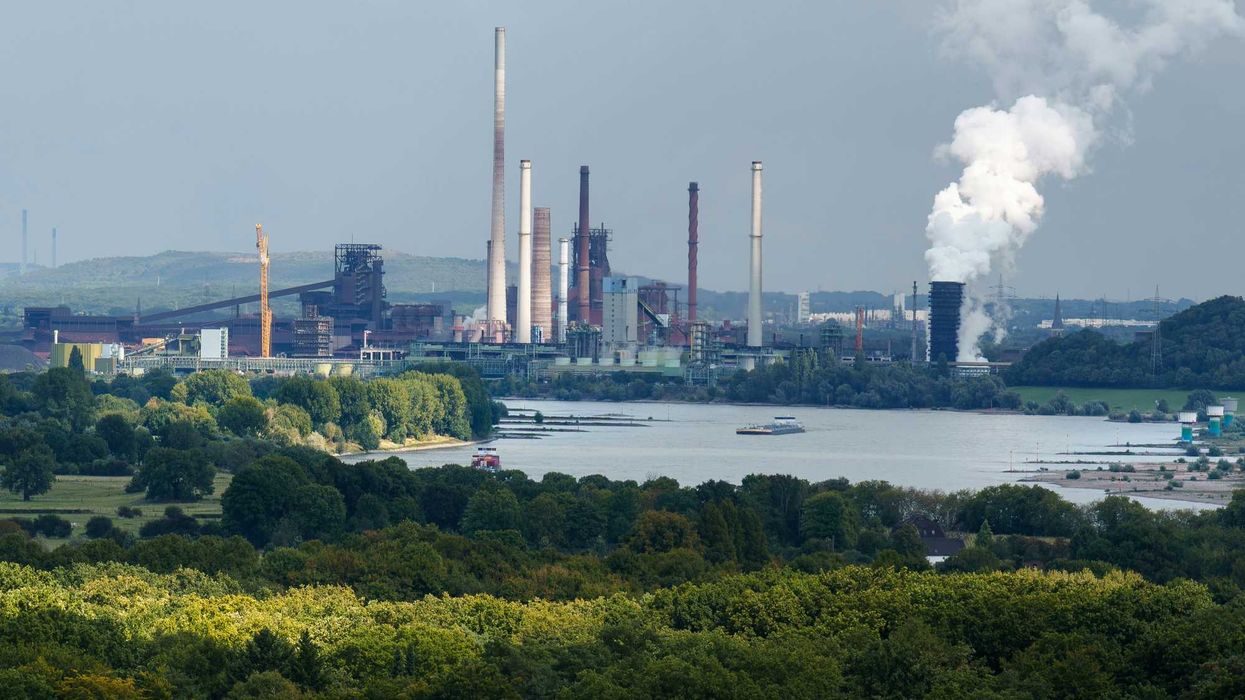Editor's Note: The following is an excerpt from Wiebe's new book Everyday Exposure: Indigenous Mobilization and Environmental Justice in Canada’s Chemical Valley, published by UBC Press, Vancouver and Toronto, Canada.
Sarah Wiebe (Credit: Laurence Butet-Roch/Boreal Collective)
Home is both refuge and prison for citizens of Canada’s Chemical Valley.
There, human and more-than-human residents dwell on a threshold between a state of normalcy and emergency. Chemical Valley is a heavy industrial zone, located in southwestern Ontario and responsible for approximately 40 percent of Canada’s chemical manufacturing, with sixty-two plants on both sides of the Canada-US border. It is Ontario’s worst air pollution hotspot.
Chemicals from Aamjiwnaang’s industrial neighbours include benzene, hydrogen sulfide, and sulphur dioxide. In Chemical Valley, individuals must be prepared for hazardous incidents at any given time. In general, alerts occur in the case of a chemical spill, fire, explosion, nuclear emergency, extreme weather event, or transportation accident. In Aamjiwnaang, such occurrences have become the norm.
Because warnings can be heard over loudspeakers, megaphones, and sirens, Chemical Valley is an audible place, which deeply affects those who live there. Noise pollution bears upon those living in this “sacrifice zone.”
Each Monday at 12:30 p.m., the test sirens sound. These relics of the Second World War remind citizens of the constant invasion of their air by the neighbouring chemical facilities. Alongside wailing sirens, bodies clench as individuals jump for their radios, phones, and televisions to see whether there is any imminent threat. For some, this is little more than the everyday scene, which has destroyed the previous serenity of this place; they barely flinch. In such a seemingly post-apocalyptic environment, sounds mask the silence with which invisible chemicals penetrate bodies.
On June 8, 2011, community members gathered and laid yet another cancer- stricken loved one to rest in their cemetery. The graveyard – whose perimeter is surrounded on all sides by a chain-link fence, smokestacks, junkyards, somewhat clandestine surveillance cameras, and conciliatory cedar trees – looks like an island, displaced from the remaining reserve territory. During the ceremony, as is customary, members gathered around to sing, dance, and drum.
That day, the neighbouring industrial vibrations accompanied the beat of the drum as the corpse was lowered beneath the earth’s surface, drowning out the audibility of ceremonial song. Although one might expect that being laid to rest is a peaceful procedure, here it is anything but, as industrial flaring overbears ceremonial reverberations. Not only is Chemical Valley heard, but it is also a stunning aesthetic masterpiece. Sirens, stacks, and steeples dominate the airspace and ensconce the Aamjiwnaang First Nation.
Not only is Chemical Valley heard, but it is also a stunning aesthetic masterpiece. Sirens, stacks, and steeples dominate the airspace and ensconce the Aamjiwnaang First Nation.According to Anishinabek beliefs, the world we live in is not “the real” world. It is a mirror, reflecting what is to come in the spirit world. As bodies enter the spirit world in Aamjiwnaang, the earth perpetually vibrates in response to what is felt above and below the ground. Elders state that the spirits are trapped; they haunt this place, unable to reach the world they are destined for.
The greatest grievance here is that not only do Indigenous peoples in Canada experience the ongoing effects of the tragedies of colonization and the legacy of the residential schools, but now their spirits also remain captured between past and future, which affects the ability of Indigenous peoples to survive and thrive in the present. As the Royal Commission on Aboriginal Peoples has emphasized, many wish to keep such secrets – “ghosts of the past” – hidden.
The haunting semblance of these ghosts lingers today. Although all is not lost, the residential schools were but one nail in the coffin marking what has been lost in this community. With colonization came warfare, epidemics, and the reduction of a vast population to the mere “sample size” remaining today.
The Aamjiwnaang First Nation graveyard is the ultimate symbol of Canadian entrapment, a living trace of our collective history and reflective of all that we would like to store away beyond immediate vision and out of mind: our skeletons in the closet.



